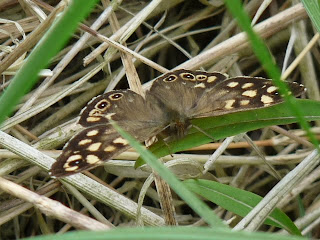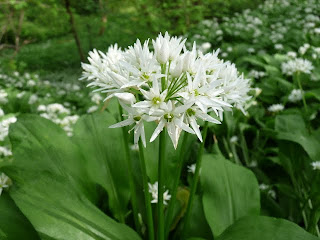 Northern Marsh Orchid
Northern Marsh Orchid Narrow Buckler Fern
Narrow Buckler Fern
Harestail Cottongrass

Speckled Wood

Hoary Cress

Wintercress
 Not sure what this is
Not sure what this isIts now a few years since I moved to Morpeth and I have been neglecting the area I grew up in over the last three years. The Stobswood area inluding Felton lane and Widdrington tip are always worth keeping an eye on all year round as they hold an amazing variety of flora and fauna and it has always been a bit of a backwater that no naturalists really cover. Me and Stewart (BB) have seen 23 Butterfly species between us in this area, that reflects the variety of flora around here. It is probably up to me to try and record as much wildlife in this area as possible and throw a couple of pics in that I need help with to ID. I'm sure fellow bloggers will keep me right.
Above are a few pics from Stobswood and Widdrington tip. The tip is arguably the best place in the county for Northern marsh orchid with over 600 spikes in the tip area alone. Narrow buckler fern and Harestail cottongrass are usually associated with boggy areas in more upland habitats. The caterpillar stumped me. I initially thought it was a Ruby tiger but I'm not sure...Dean and stewart will know! It was only a centimetre long on Creeping Thistle.







































